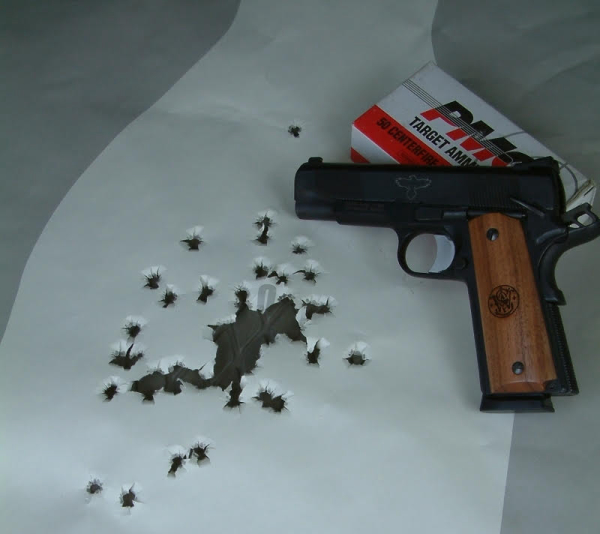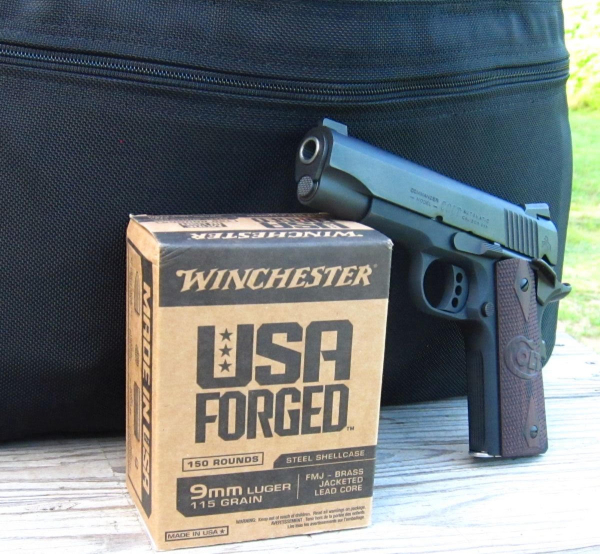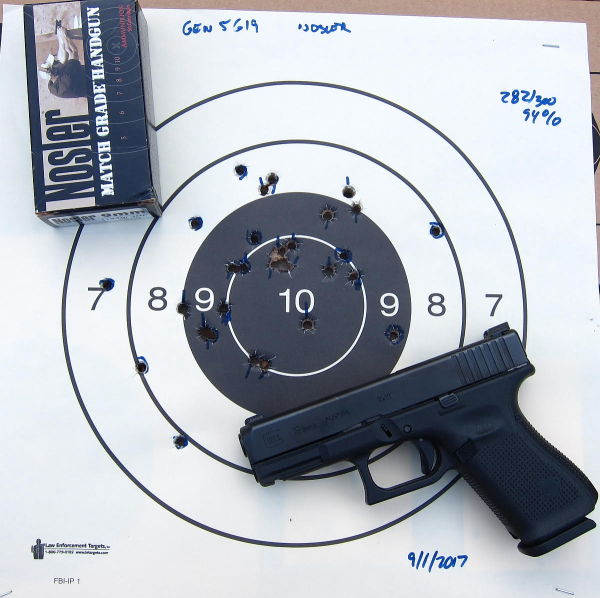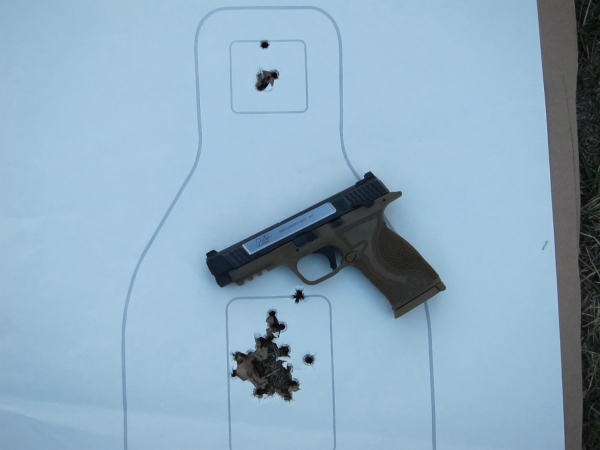From Make Ready TV, we have a group of the “OG” – old guys? – discussing the history of the industry. This includes the vagaries of writing for advertiser-supported print publications, the sole form of communication the industry had with consumers.

There wasn’t an internet, let alone a YouTube, and publishers scrambled to find content that would satisfy readers (and, potentially, make them subscribers) while not irritating the people who really paid the bills – the advertisers.
As a result, there was a lot of material that was substantively suspect and Dave Spaulding summarized the tendency. He noted there was an editor who’d confided to him that the favorite titles all contained the word “versus.”
For example, when discussing handgun calibers, the panel quickly fell into a discussion of “9mm vs. 45.” For those who came in late, the two primary centerfire auto pistol cartridges of the mid- to late 20th Century were the 9x19mm (9mm Luger, etc.) and the 45 ACP. The 9mm, like all auto cartridges of the era, being only available in FMJ roundnose configuration (and that in 124 gr. weight), had a well-publicized miserable record in fights. The 45s record of failing in that arena was seldom discussed.
Cutting to the chase, John Farnam – also on the panel – posited that they are all “miserable little popguns.” That doesn’t mean they’re not deadly … over time. In a defense situation, time is one thing we’re short of.


So how is this relevant to hobbyists or sport shooting types?
I’ll start at the end; panelist Massad Ayoob said that if he’s asked “Which? The 9mm or the 45?” his answer is “yes.”
And that’s the right answer.
The 45 Auto and 38 S&W Special cartridges are the two centerfire handguns cartridges more developed for accuracy than any others. That’s because they were extensively used in the handgun competition of the era, bullseye. The course includes shooting service pistol (the “hardball” match) and centerfire (doesn’t have to be 230 grain FMJ, could be 38 wadcutter or the 185 grain FMJ SWC for 45s with lighter springs), all one-handed, from fifty yards and 25 yards.
For those who like mag dumps at 5-7 yards on targets the size of billboards – using two hands – bullseye is precision that lacks appeal.
Today, bullseye is seeing a minor resurrection – and it’s a good thing. Driven by classes taught by former “members of the unit,” and those who followed, the 25-yard timed and rapid-fire bullseye has become a darling of the tactical crowd and for good reasons. The FBI instructor school bullseye – FBI-IP – is a B8 without the “X” ring.
The 9x19mm (NATO or not) didn’t spend much time in those precision sports during the day, though it has been used in precision work in Europe and, in NRA PPC from the 1990s on, in the States.
9mm or 45? – Yes.

As a practical matter, non-government shooters tend to follow those who have government affiliations. The 9mm is now a government cartridge in the States – by default. After the FBI made its sheepish return to the 9mm, many agencies of any size likewise left the larger cartridges behind and moved to the 9mm. It’s economy of scale; more demand drives more production. More production drives cost down.
And if you can find any auto pistol ammunition for sale – at any price – during “droughts,” it’s most likely to be 9mm.
During the last drought, I found 40 S&W to be “more available,” due to ammo left over from the boom before the bust. I’m not sure that’ll happen next time.
For hobbyists and high-volume shooters, 9mm has the clear advantage just in cost – for purchase and shipping. I well recall when my agency issued 45s and the weight of a case of 45 ball; 60 pounds. Doesn’t sound like much until you weigh a case of 9mm ball.
I’ve watched the growth of the American gun culture since the 1960s. Print media helped move us this way. In some ways, the “versus” articles moved many of us to think and to ask “why?” In that way, those pieces likely made us better.
— Rich Grassi